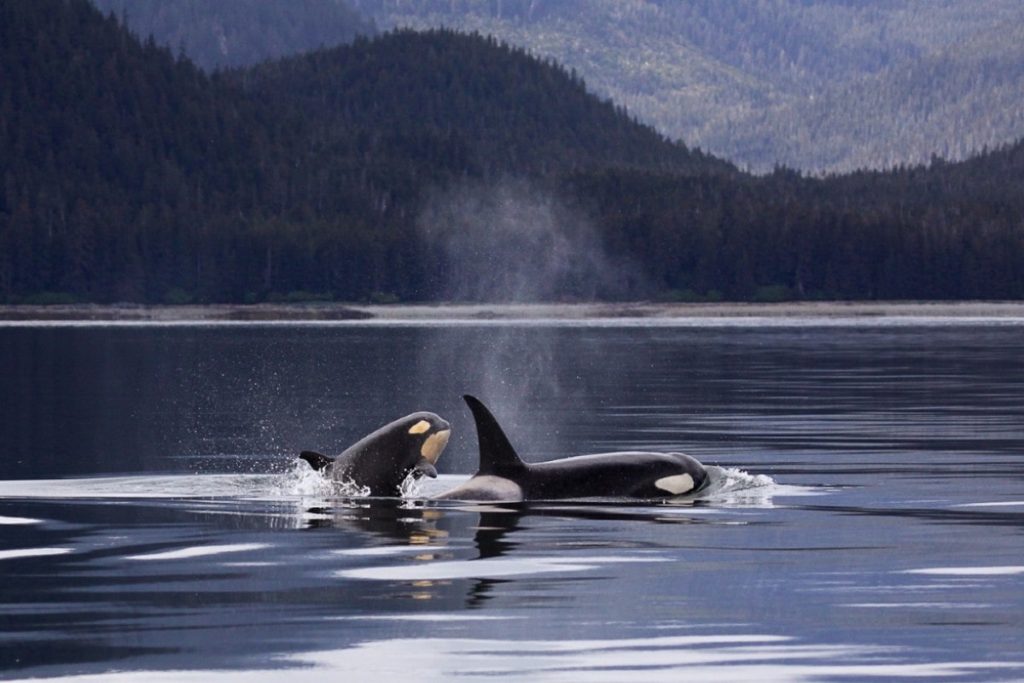They are one of the fastest animals on the planet, but how fast can orcas actually swim? Comparing land and marine animals is difficult as they live in such differing environments. However, we still have the means to determine their true speed. Read on to find out more.
Orcas on Top of the Food Chain
Orcas are apex predators with prey that can swim at impressive speeds, so they still need to be faster in order to hunt successfully. With no natural predators of their own, orcas do not need to be concerned for their own safety.
Orcas living in Arctic waters around Canada, Greenland and the Baltics rely heavily on seals and walruses to sustain themselves. Seals can swim up to 20 miles per hour for short distances depending on the species and walruses as fast as 30 miles per hour.
For these marine predators to be successful hunters, orcas must swim fast if not faster to catch their prey. They are capable of chasing prey for short distances at speeds of 35 miles per hour.
How Fast Orcas Swim Depends on their Age
For the first few months after birth, juvenile orcas stay close to their mothers for protection against large predatory whales and sharks. It is believed juvenile orcas can swim for short bursts as fast as 20 miles per hour.
As they age, their muscles continue to develop, growing larger and stronger. By the time an orca reaches the age of 2 years, they are capable of keeping up with the mature members of the pod.

Older orcas will begin to slow as they reach the end of their life, just as with any life on Earth. Beyond the age of 30, orcas may be considered ‘old’, but this is dependent on the species. Some orcas can live well into their 50s and still be fit and healthy.
In general terms, an older orca can still maintain speeds averaging 30 miles per hour for short bursts during hunting.
Also Read: How Long Do Orcas Live in the Wild?
The Environment Orcas Live In Affects their Speed
For most animals, those living in warmer climates tend to have more energy as they have plentiful prey and comfortable warm weather. For orcas the opposite is true.
Orcas living in cold regions tend to be stronger and faster. This is because they hunt primarily large prey with thick layers of blubber. A seal or walrus provides orcas with plentiful protein and fat, which converts quickly into energy and strengthens and repairs muscle tissues.
Pods of orcas living south of the equator are slower. This is because they hunt mainly for smaller prey such as fish and crustaceans. In terms of orcas and their speed though, ‘slower’ is relative. Southern species of orcas can still swim relatively fast to reach speeds in excess of 25 miles per hour during a hunt.
As global sea temperatures rise, this has an adverse effect on the hunting techniques of orcas all around the world, regardless of their environment. They constantly have to adapt their hunting techniques so they do not rely on speed alone to catch their prey. For example, hunting in packs (just like wolves do) gives them an advantage over their prey and so they do not need to rely on speed alone.

